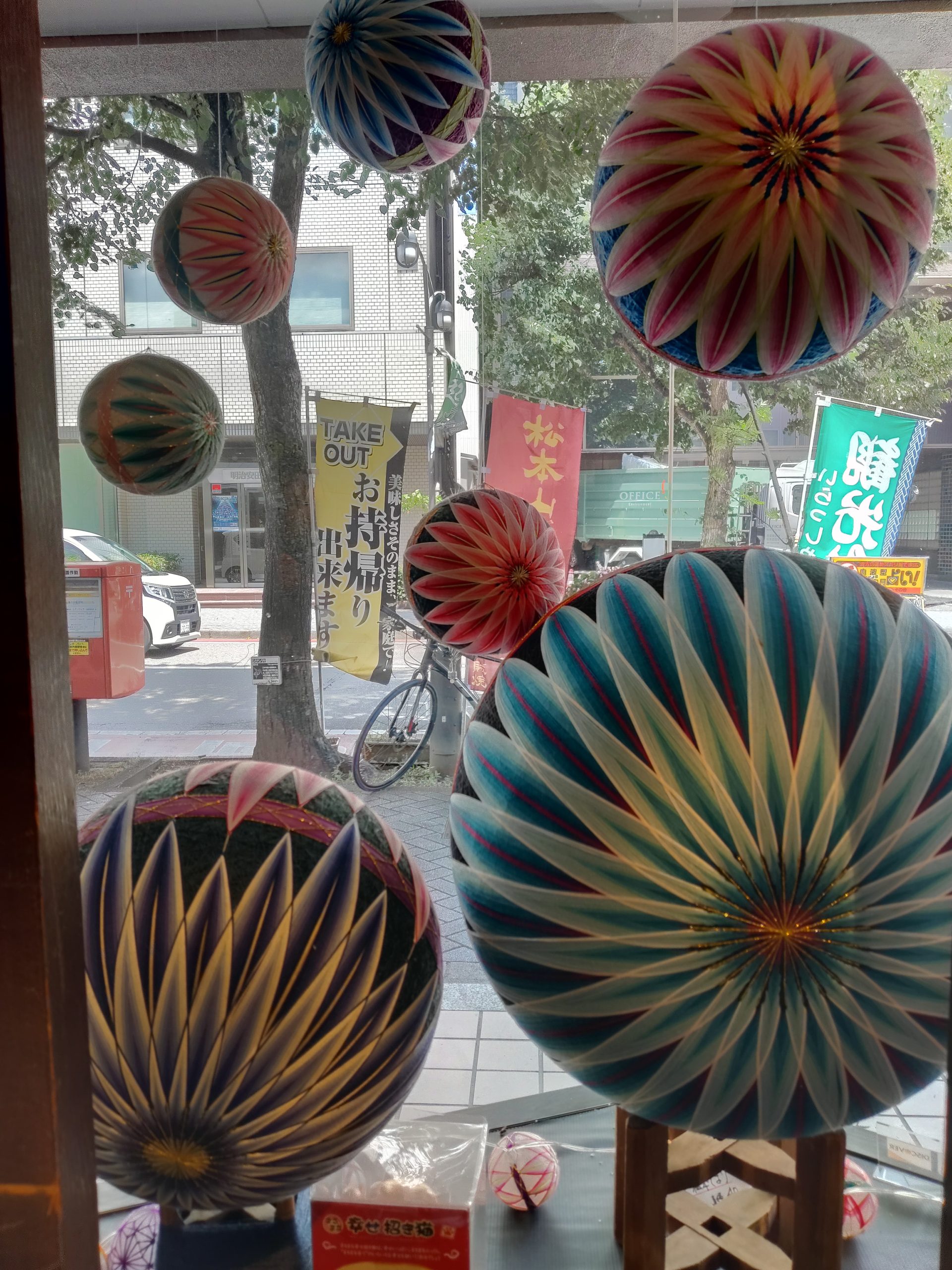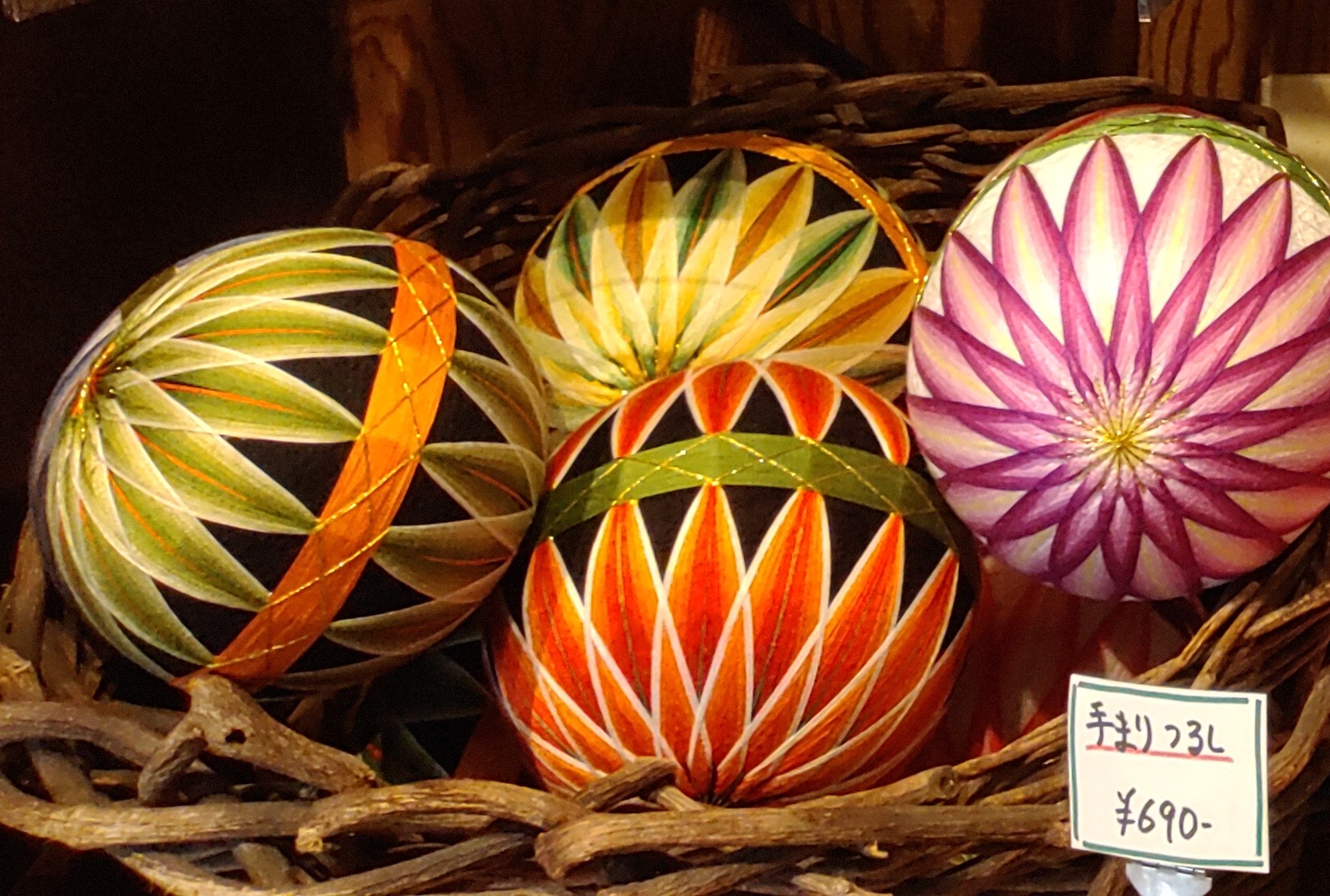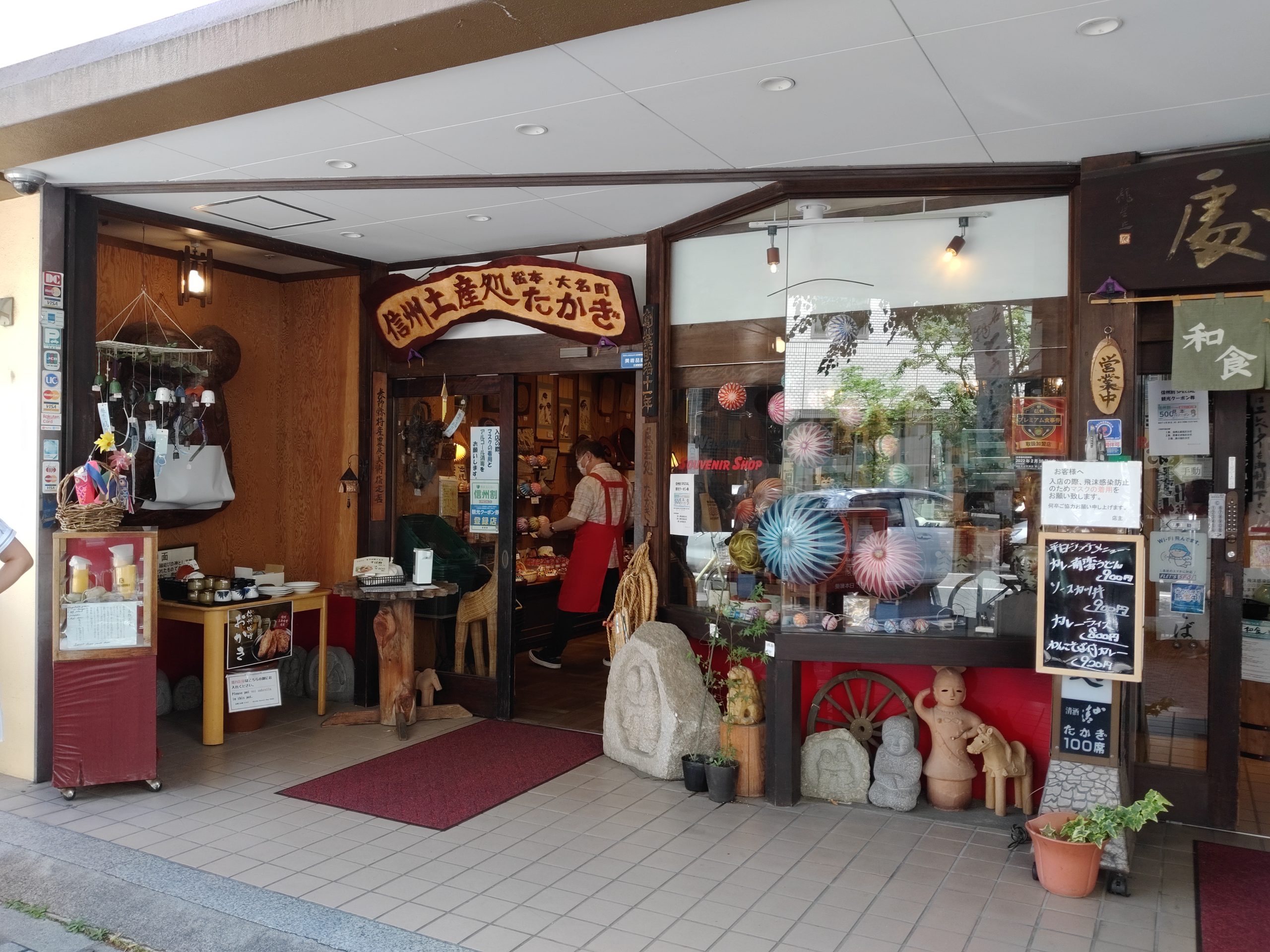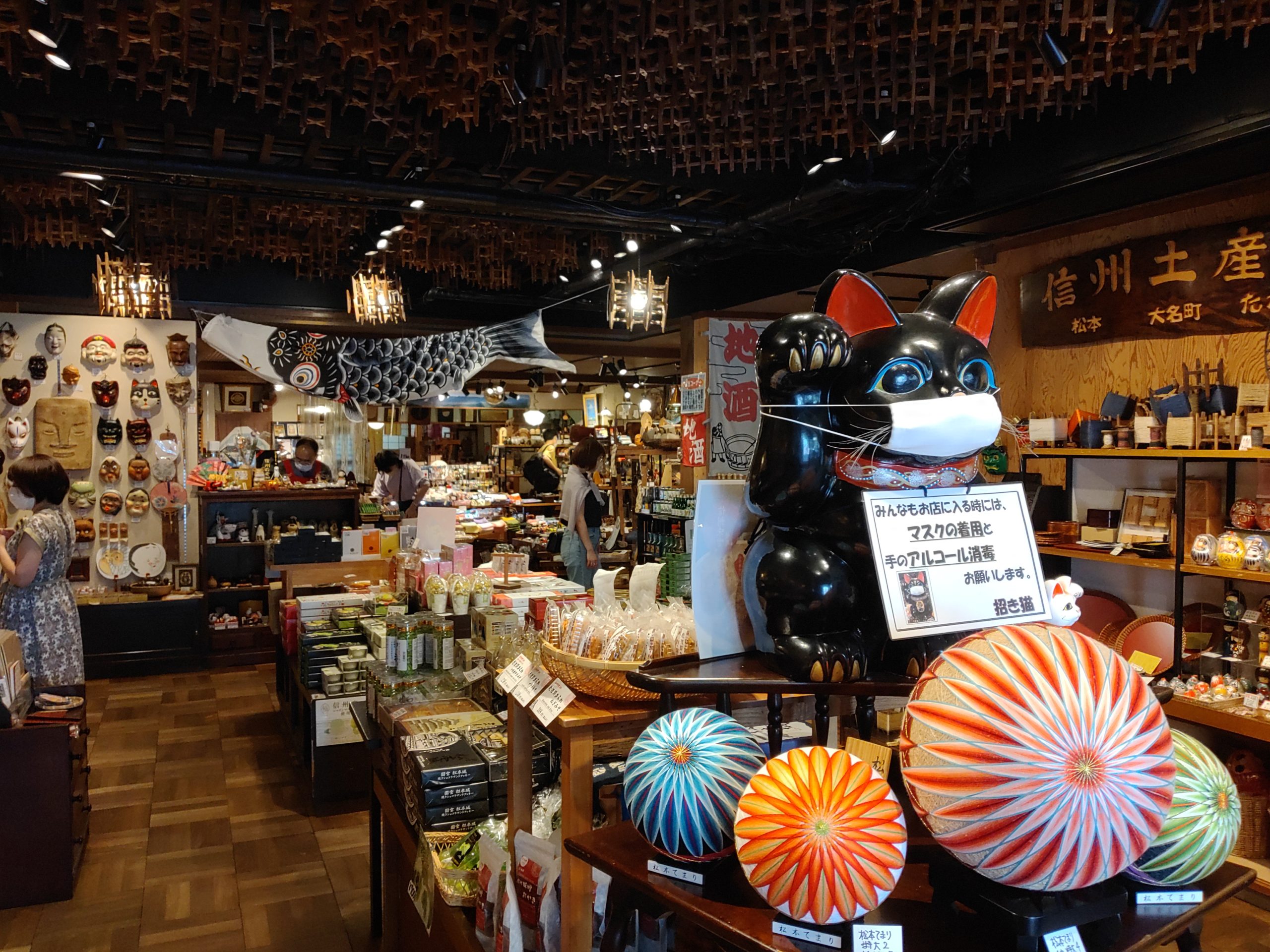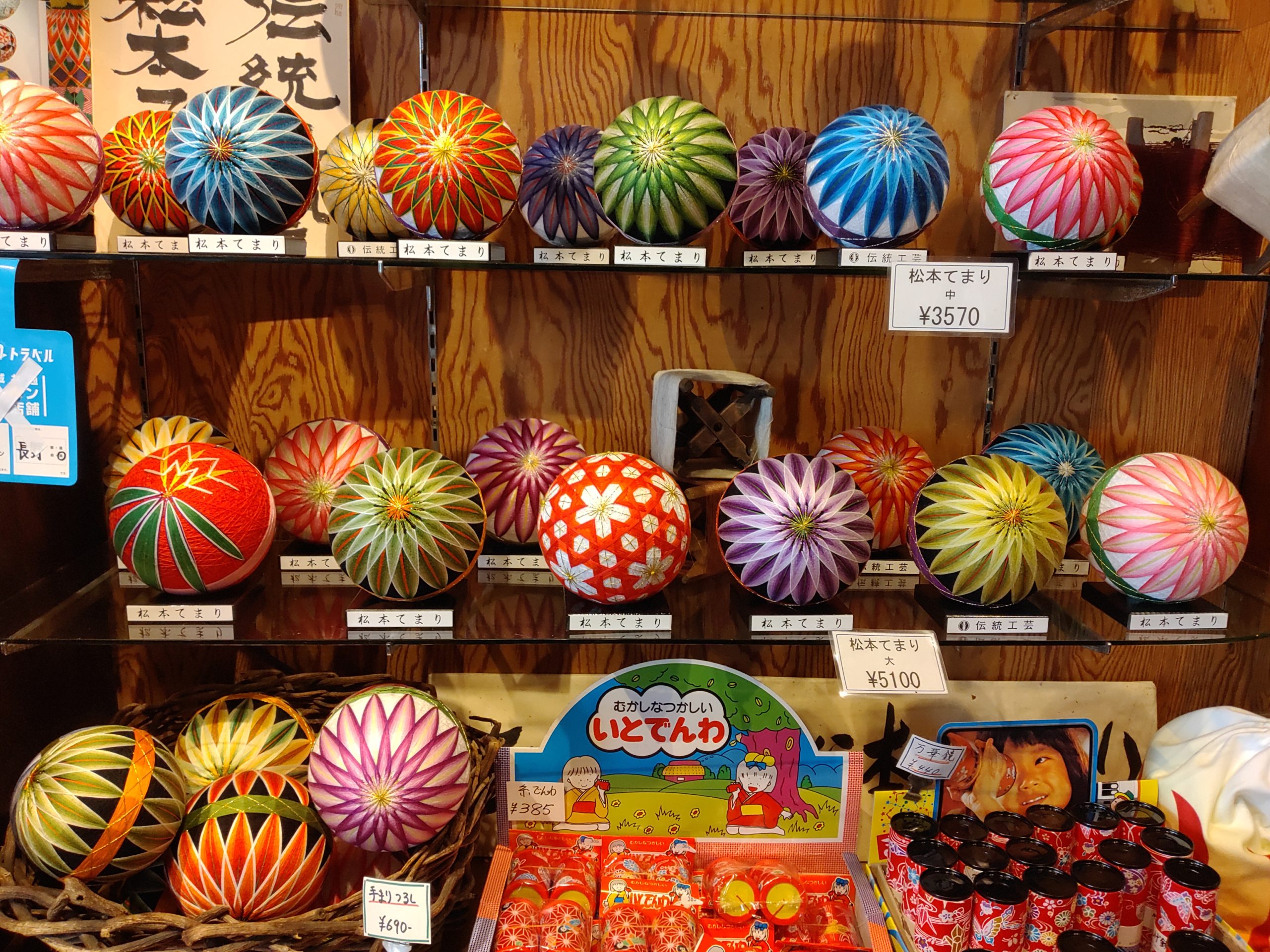Feast Your Eyes on Some Silky, Colorful Temari – Traditional Japanese Toy & A Symbol of Matsumoto
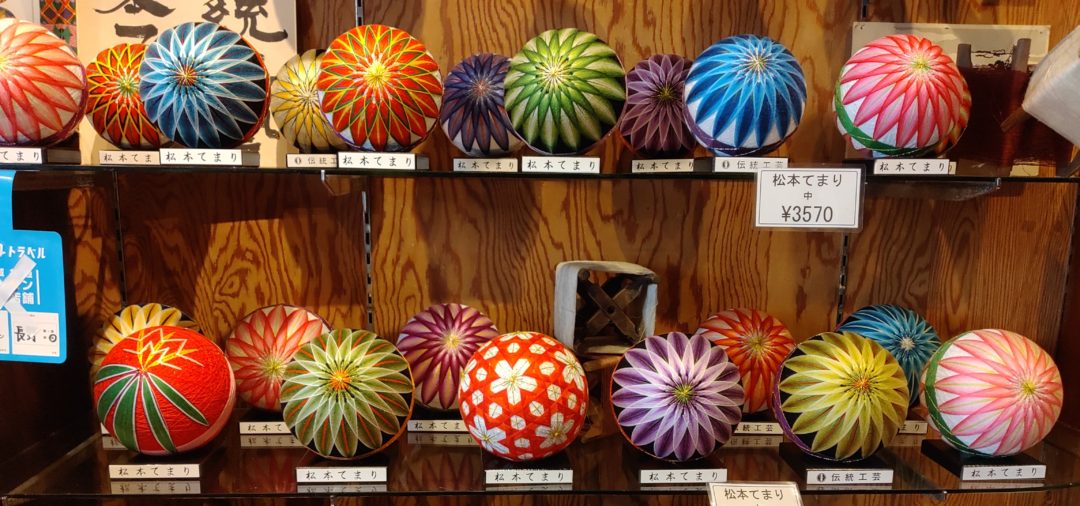
Temari – Symbol of Matsumoto
As you explore this castle town you may notice a recurring round image. Something like a ball but just as much a work of art, these colorful spheres that pop up almost everywhere you look are called temari, and are both a traditional Japanese toy and a symbol of Matsumoto.
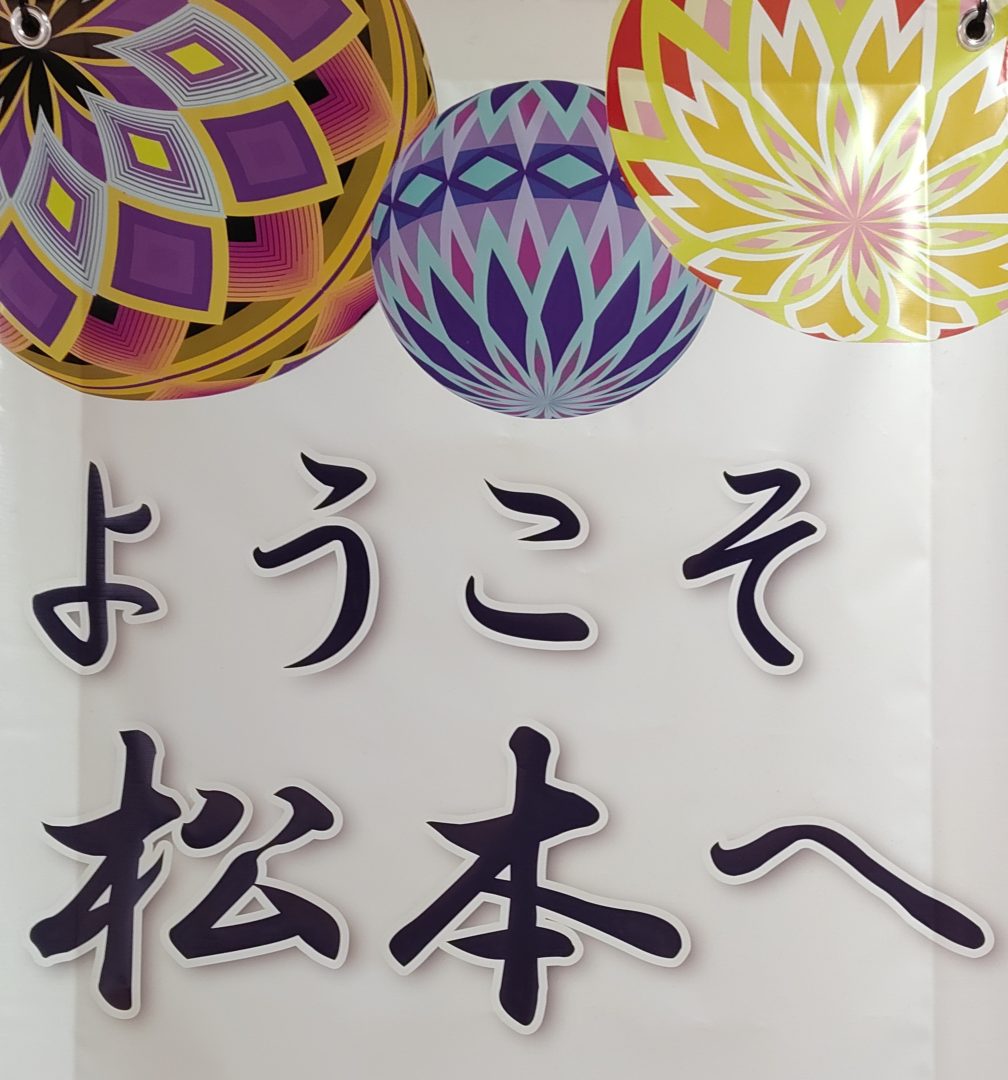
“Welcome to Matsumoto”
The Temari Origin Story
The name temari – written 手毬, meaning ‘hand ball’ – is said to have come from the term kemari (‘kick ball’), which referred to a toy brought to Japan from China over 1,300 years ago. Originally made of simple cloth ribbon wrapped around silk swaths of old kimono, temari eventually became objects of art, the rough stitching of the cloth evolving into intricate patterns of silk thread.
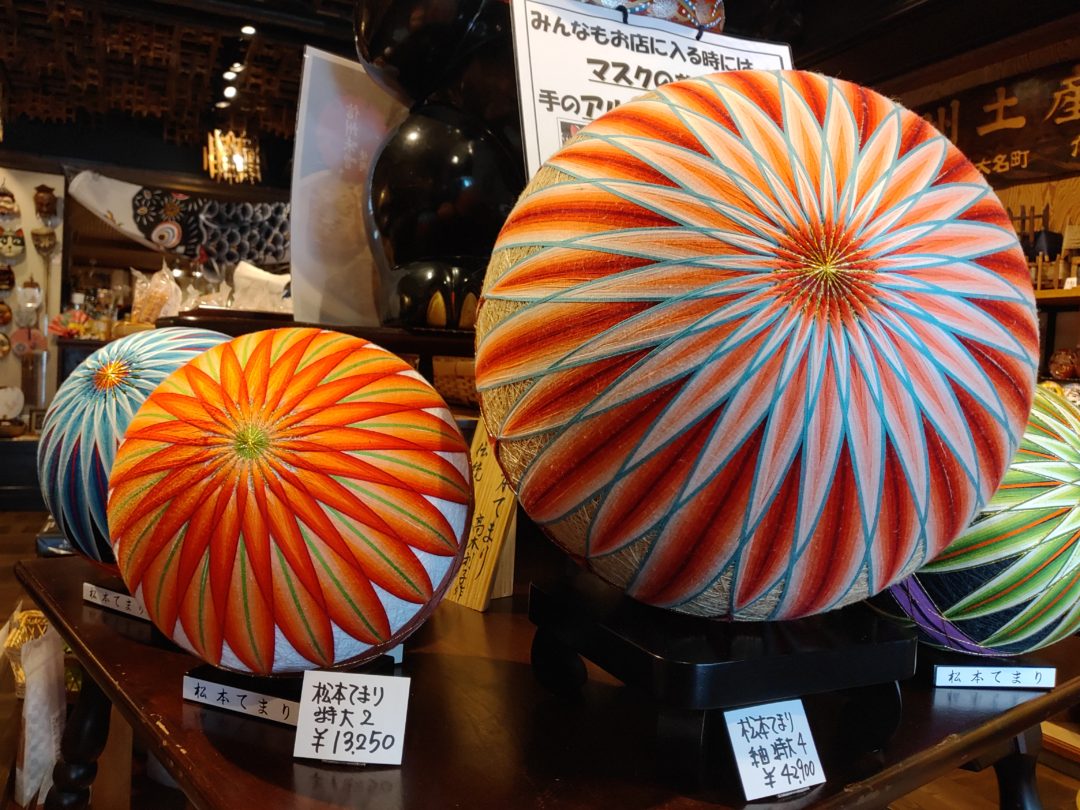
Temari – written 手毬, meaning ‘hand ball’
During the Edo period (early 17th to late 19th Century) the silk industry flourished in Japan, contributing to the evolution of the beautifully-decorative temari we see today. Matsumoto was for a time a major producer of high-quality silk; images and artifacts from Matsumoto’s once-booming silk industry can be seen on Nakamachi Street inside the Scale Museum.
Playful, Colorful Traditions
Over time temari have come to symbolize many things. They have traditionally been given to young children on New Year’s Day, symbolic of the parents’ wish for their child’s happiness. Temari have also become associated with feminine youth, and are sometimes depicted in the patterns of the kimono of children and young women. As gifts, temari symbolize deep friendship and loyalty, with the bright colors and patterns a reflection of the giver’s wish of a brilliant and happy life for the receiver.
Some say it is customary to give a temari-patterned kimono to a bride as a symbol of good-luck, hoping that she will be able to build a happy family. Others view temari as symbols of harmony between families and thus see them as gifts from brides to the groom’s side of the family.
A Matsumoto Legend or Two
While temari appear to have originated in China, certain legends tie them to Matsumoto. According to one such story, a noblewoman created the first temari about two hundred years ago. Another legend describes how the child of a warrior of Matsumoto started making them to help bring money to the family.
Whatever the actual story, temari have become a true and well-known symbol of Matsumoto. They can be seen all over town. On lightposts and on on buses, on manhole covers, on posters and pamphlets.





Temari You Can Get Your hands On
If you find yourself on Nakamachi Street take a look inside Temari-ya, the shop with the red curtain and the rotating cakes in the window.


Along with their customary cylindrical Baumkuchen they make sweet creations resembling the famed temari for which the shop is named. You may also find a kind of cake colored black as the façade of Matsumoto Castle, the color coming from adding “take-sumi” – the charcoal remains from burning bamboo, which is purportedly quite healthy.



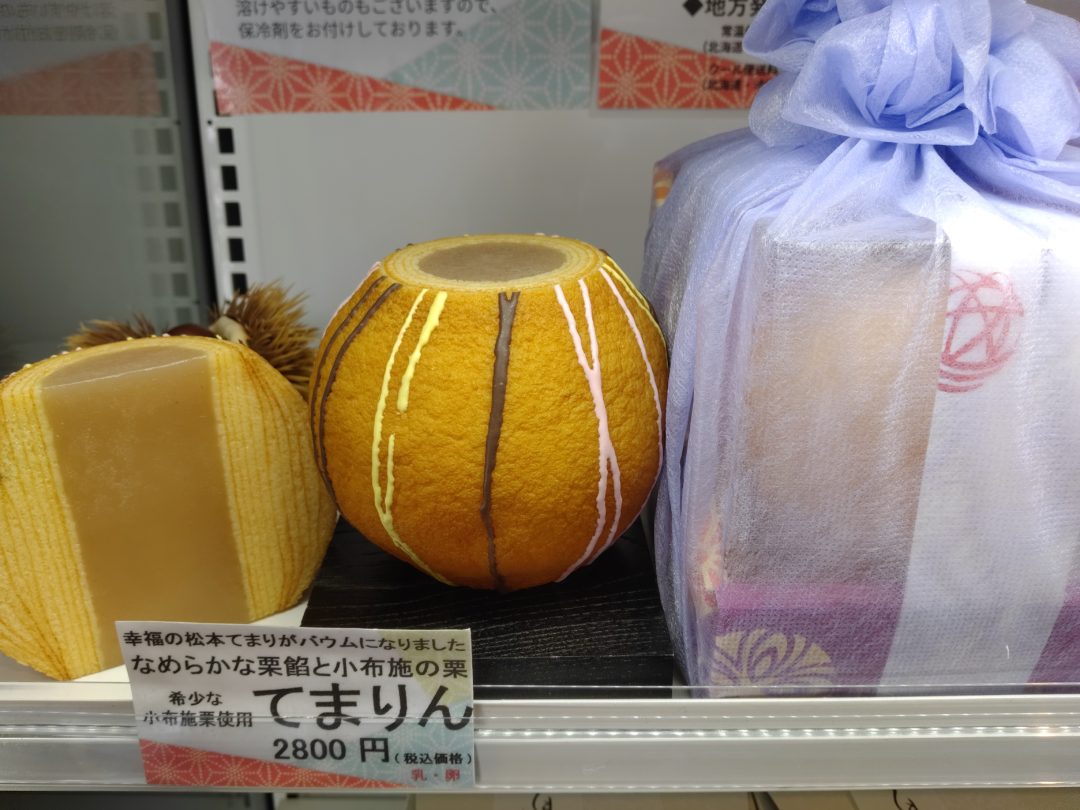
Temari customary cylindrical Baumkuchen
And if you are looking for a temari or two that you can take home, you’re in luck. On Daimyo-cho Street, near the main entrance to Matsumoto Castle, you can find temari souvenirs as well as workshops where you can learn to make your own beautiful spherical creation (advance reservations required, contact us).
Keep an eye out for temari-esque gifts in the shops along Nawate-dori too!
These silky, colorful temari are so beautiful it almost seems a crime to play with them. But whether you get one as a toy or just want one as a souvenir, having one of these eye-catching symbols of Matsumoto is a unique way to remember your time here in the middle of the Japanese mountains.
Author Profile

Latest entries
 Events2024-07-19Bon Bon Girls & Aoyama-Sama Boys: A Centuries-Old Matsumoto Tradition
Events2024-07-19Bon Bon Girls & Aoyama-Sama Boys: A Centuries-Old Matsumoto Tradition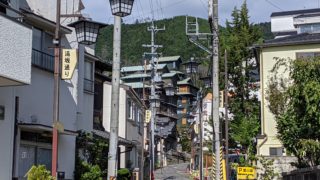 Sightseeing2023-12-18Handmade Soba, Simple Hiking & Hot Springs, All in Asama Onsen
Sightseeing2023-12-18Handmade Soba, Simple Hiking & Hot Springs, All in Asama Onsen Seasonal Topics2023-12-04Winter Wonderland: 5 Ways to Put Your Feet in the Matsumoto Snow
Seasonal Topics2023-12-04Winter Wonderland: 5 Ways to Put Your Feet in the Matsumoto Snow Other2023-07-14Shinshu Matsumoto Airport: Gateway to the Center of Japan
Other2023-07-14Shinshu Matsumoto Airport: Gateway to the Center of Japan

